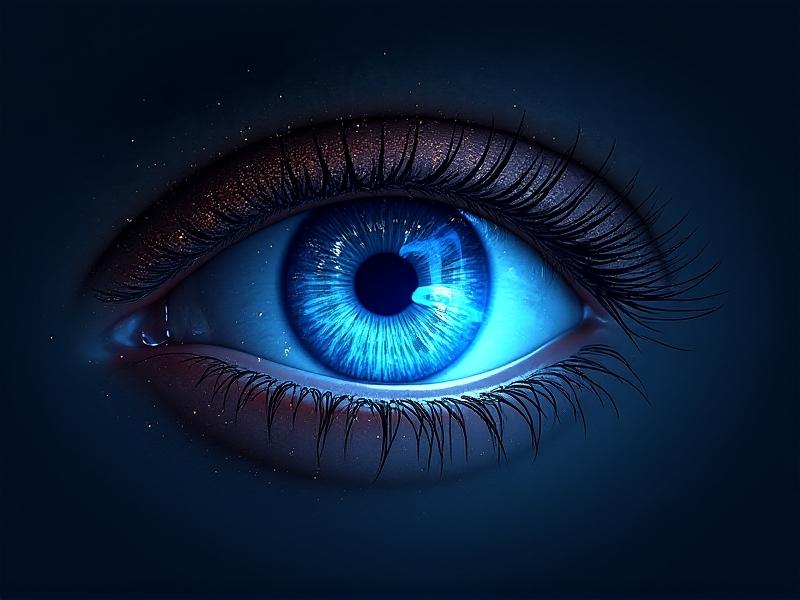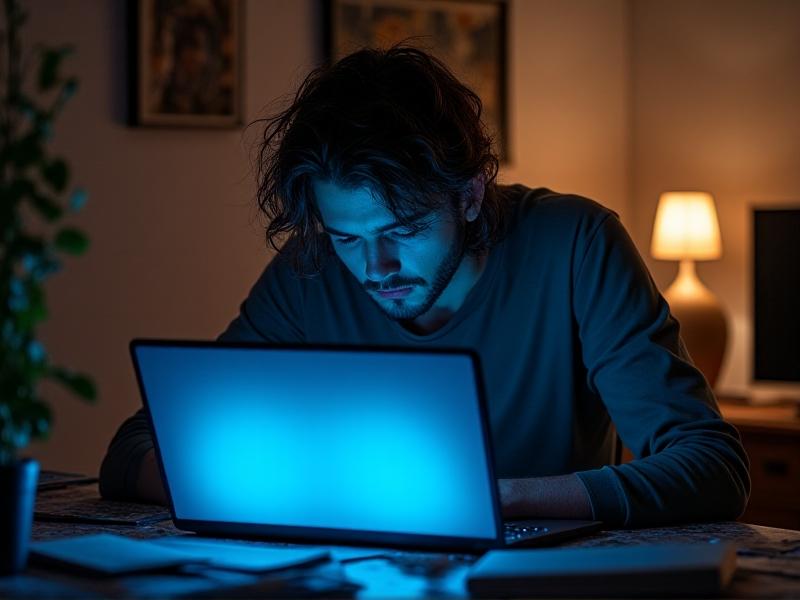Eye Yoga Exercises for Screen Fatigue
Understanding Screen Fatigue and Its Impact on Eye Health
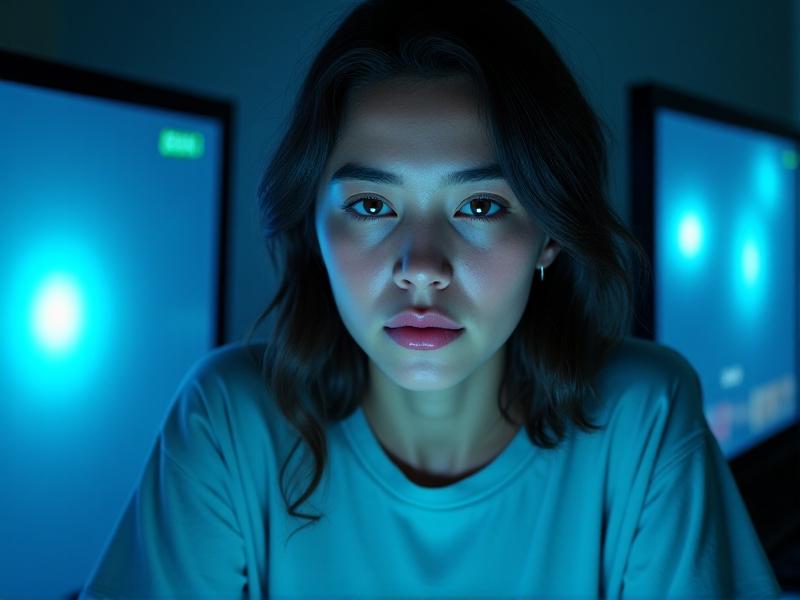
Screen fatigue, also known as digital eye strain, affects millions globally due to prolonged exposure to smartphones, computers, and tablets. Symptoms include dry eyes, blurred vision, headaches, and neck stiffness. The blue light emitted by screens disrupts sleep cycles and overworks the eye muscles, leading to chronic discomfort. Understanding this modern issue is the first step toward adopting solutions like eye yoga, which combines gentle movements and relaxation techniques to restore ocular health.
What Are Eye Yoga Exercises?
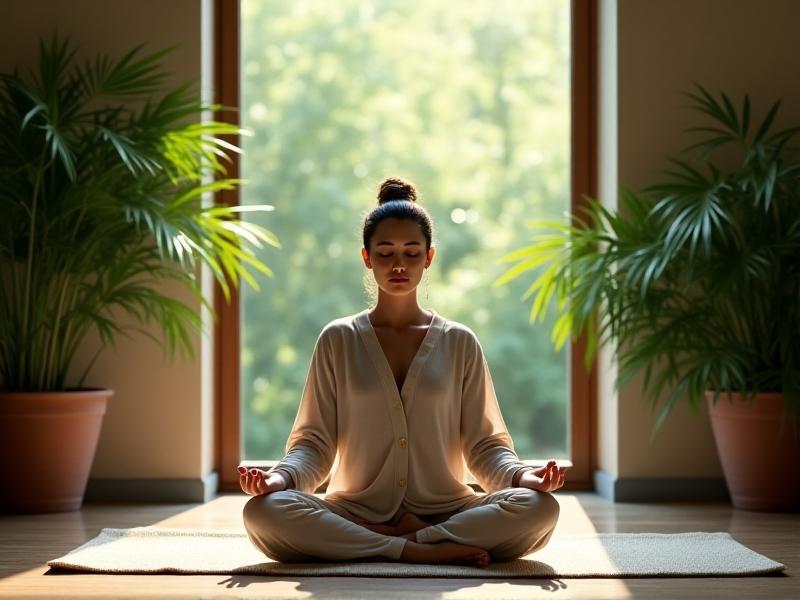
Eye yoga is a series of exercises designed to strengthen eye muscles, improve focus, and reduce strain. Rooted in ancient practices like Trataka (yogic gazing), these techniques have been adapted for modern screen users. Unlike traditional yoga, eye yoga doesn’t require physical poses but focuses on mindful movements, such as shifting gaze directions or palming to soothe tired eyes. Regular practice can enhance visual clarity and counteract the rigid focus demanded by screens.
Six Effective Eye Yoga Exercises to Combat Screen Fatigue
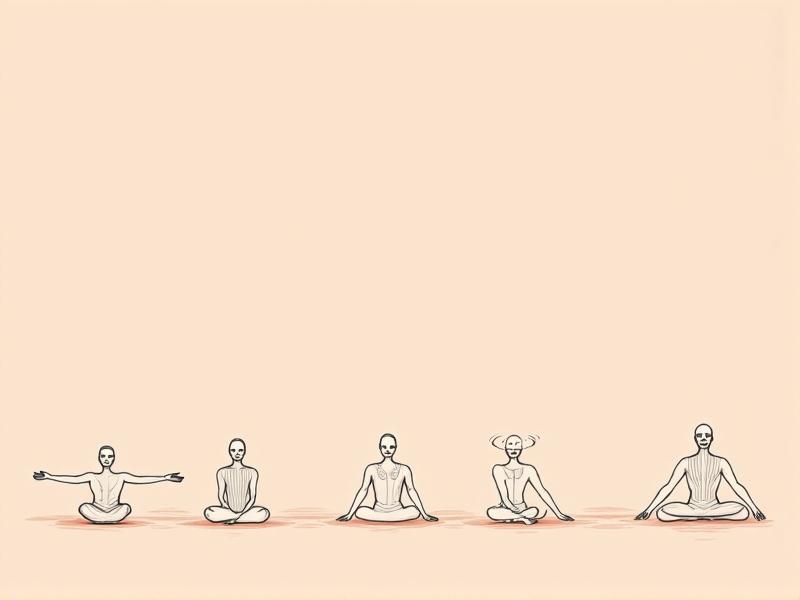
1. Palming: Rub hands until warm, then cup them over closed eyes for 1-2 minutes. The darkness and warmth relax retinal nerves. 2. Eye Rolling: Look up, then slowly circle eyes clockwise and counterclockwise. Repeat 5 times. 3. Near-Far Focus: Hold a finger 10 inches away, then shift focus to a distant object. Alternate for 2 minutes. 4. Figure-Eight Movement: Trace an imaginary figure-eight with your eyes to improve flexibility. 5. Blinking Drills: Rapidly blink for 15 seconds to refresh tear film and prevent dryness. 6. Zooming: Extend an arm with a thumb up, slowly bring it closer while maintaining focus.
Integrating Eye Yoga into Your Daily Routine
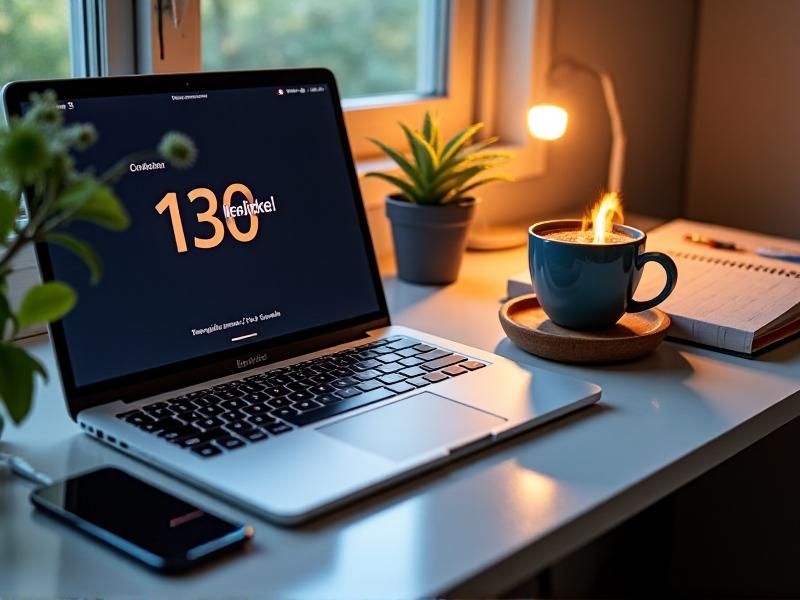
Consistency is key. Schedule 5-minute eye yoga sessions every 2 hours during screen time. Pair exercises with habits like hydrating or stretching to build a sustainable routine. Use apps or sticky notes as reminders. Morning practices can prime your eyes for the day, while evening sessions help unwind before sleep. Even busy professionals can benefit from micro-sessions during meetings or commutes.
Complementary Practices for Reducing Eye Strain
Enhance eye yoga’s effects with the 20-20-20 rule: every 20 minutes, look at something 20 feet away for 20 seconds. Adjust screen brightness to match ambient light, and use blue-light filters. Stay hydrated to support tear production, and consider omega-3 supplements for dry eyes. Ergonomic setups—like elevated monitors and anti-glare screens—also minimize physical strain.
The Science Behind Eye Yoga: What Research Says
Studies, including a 2020 review in Ophthalmology and Therapy , suggest eye exercises improve convergence insufficiency and reduce screen-related discomfort. Techniques like palming stimulate the parasympathetic nervous system, lowering stress hormones. While more clinical trials are needed, optometrists increasingly recommend these practices as adjunct therapies for digital eye strain.
Embracing Eye Yoga for Long-Term Eye Health
Eye yoga isn’t a quick fix but a lifestyle shift. Over time, it can delay presbyopia (age-related vision decline) and enhance coordination between eye muscles. Pair it with regular eye exams and a balanced diet rich in lutein (found in leafy greens) for holistic care. By prioritizing ocular wellness today, you invest in clearer, more resilient vision for years to come.



